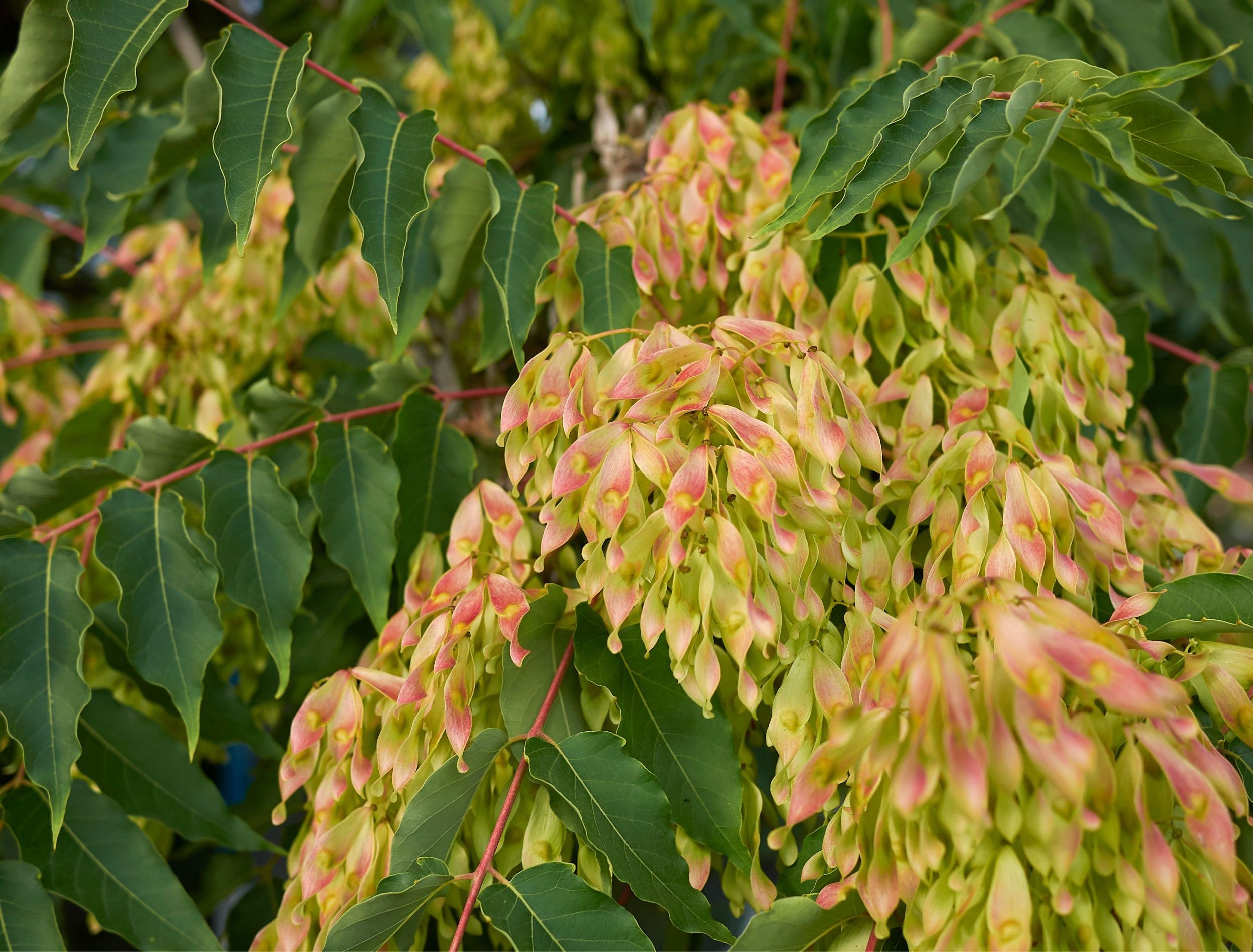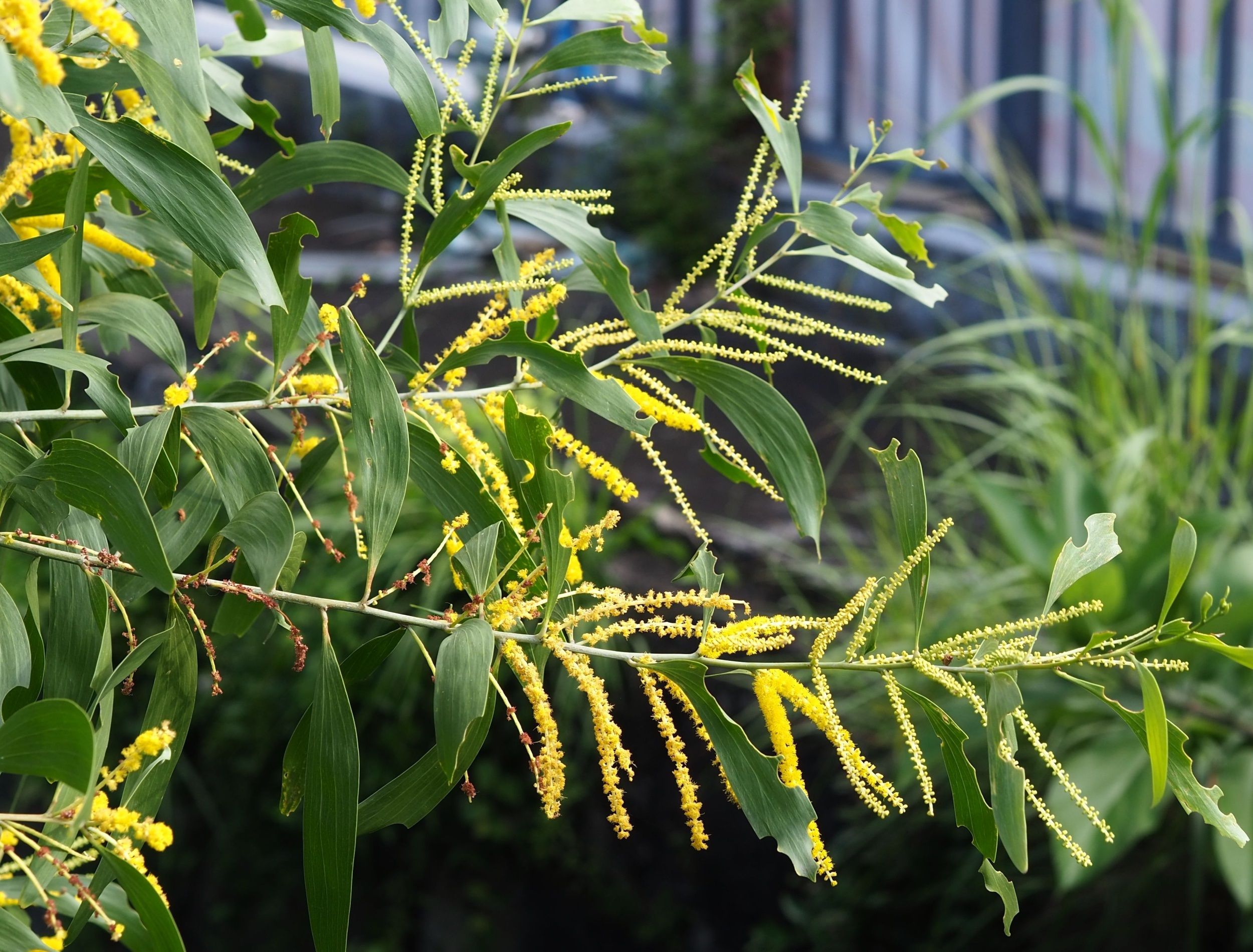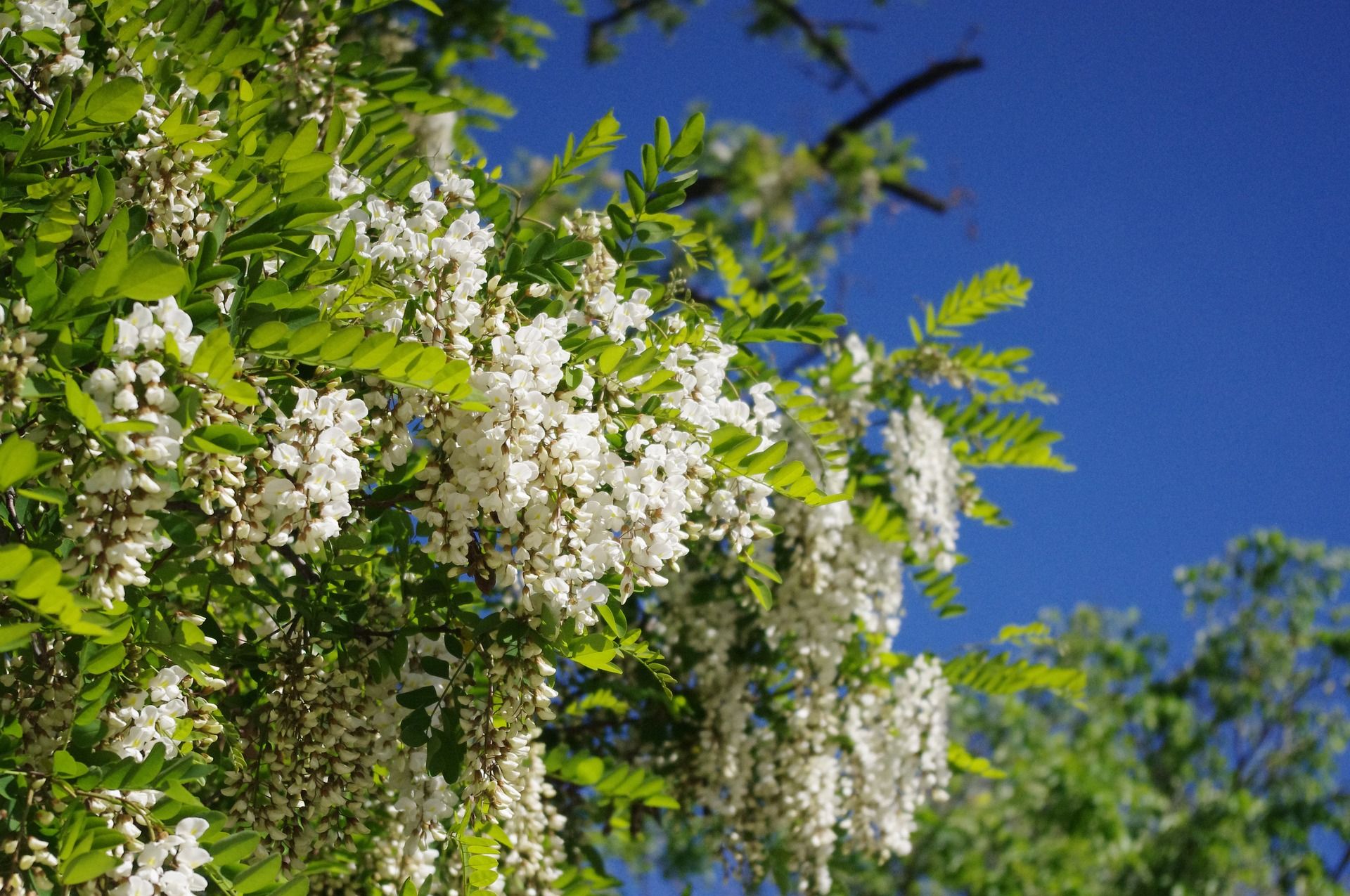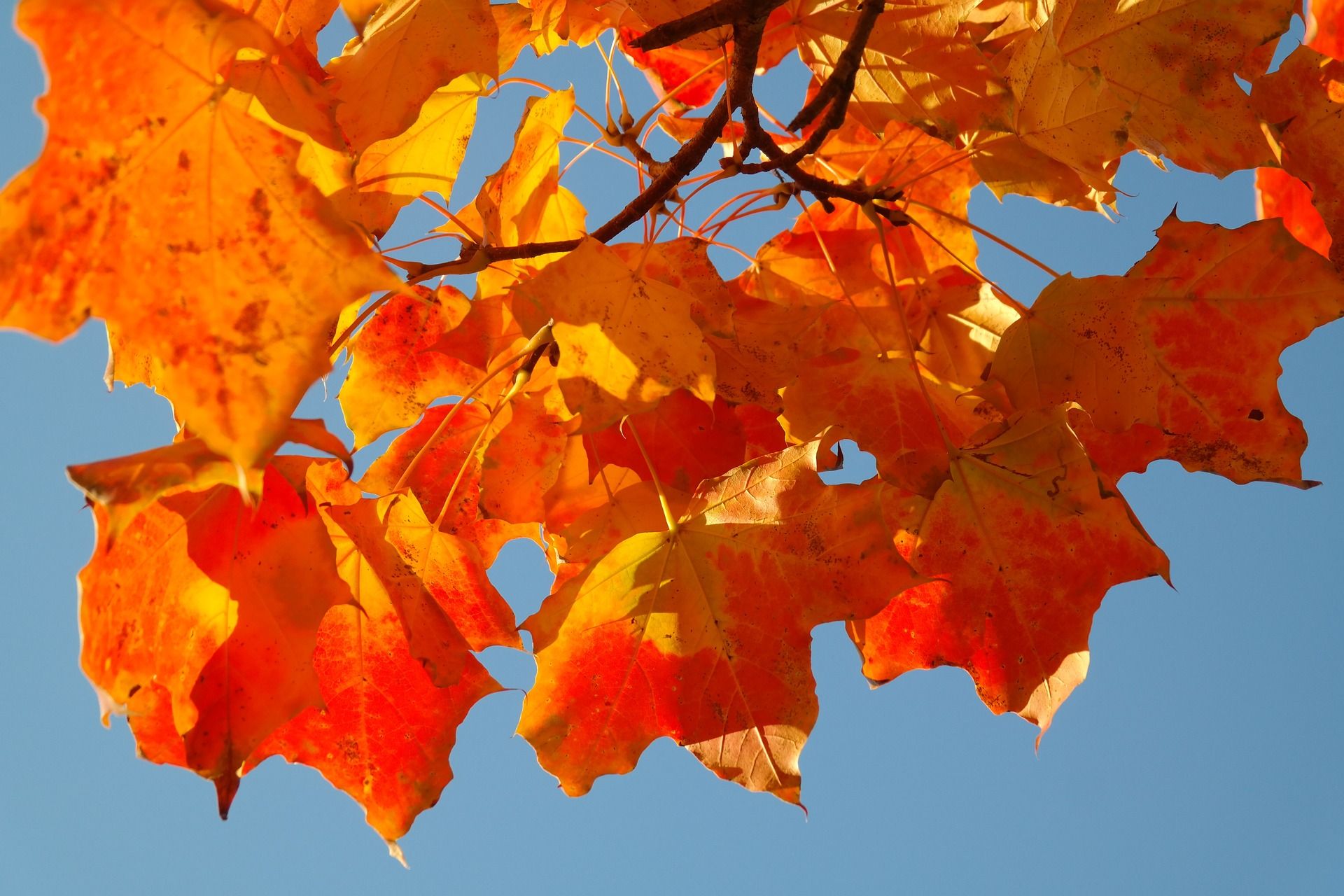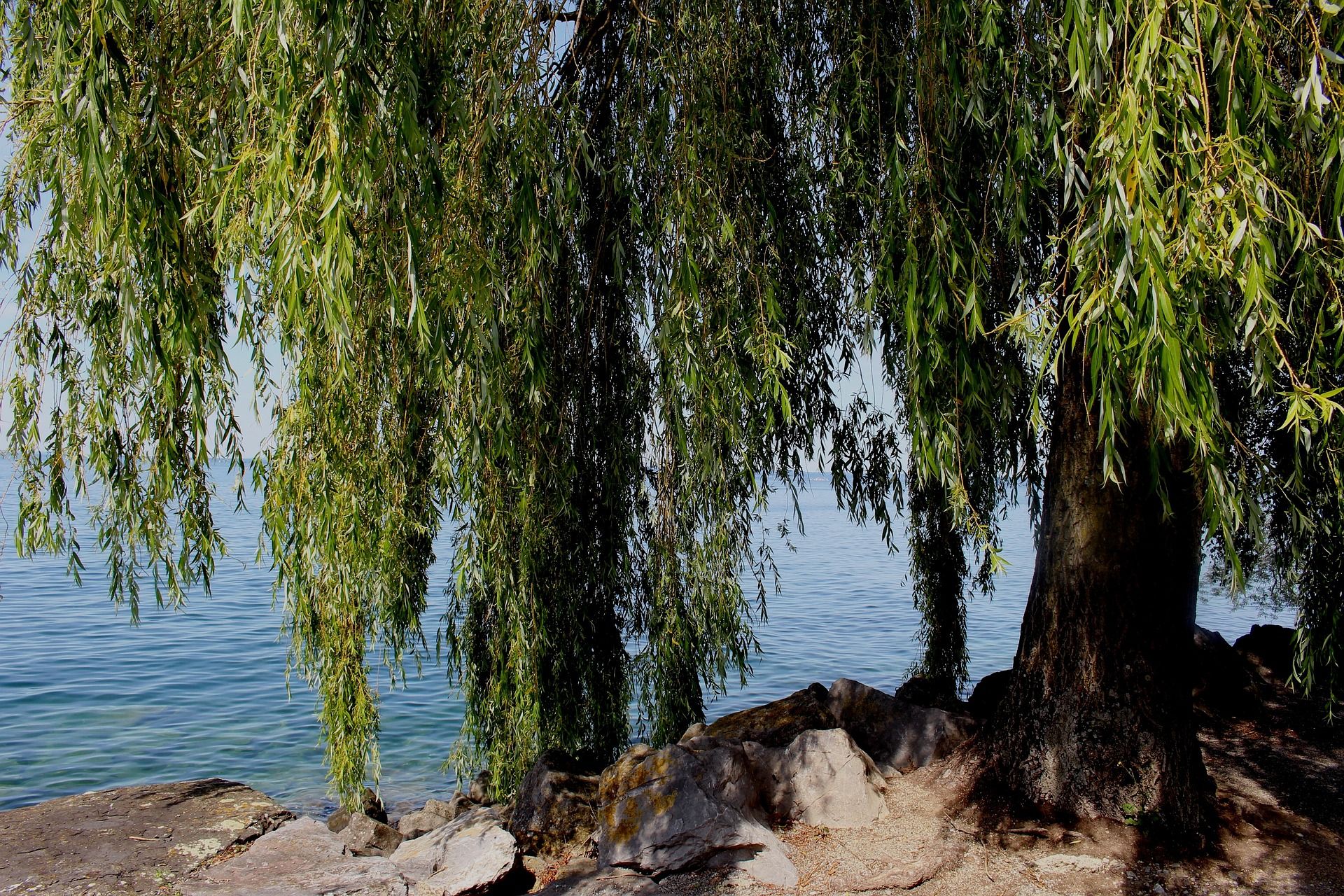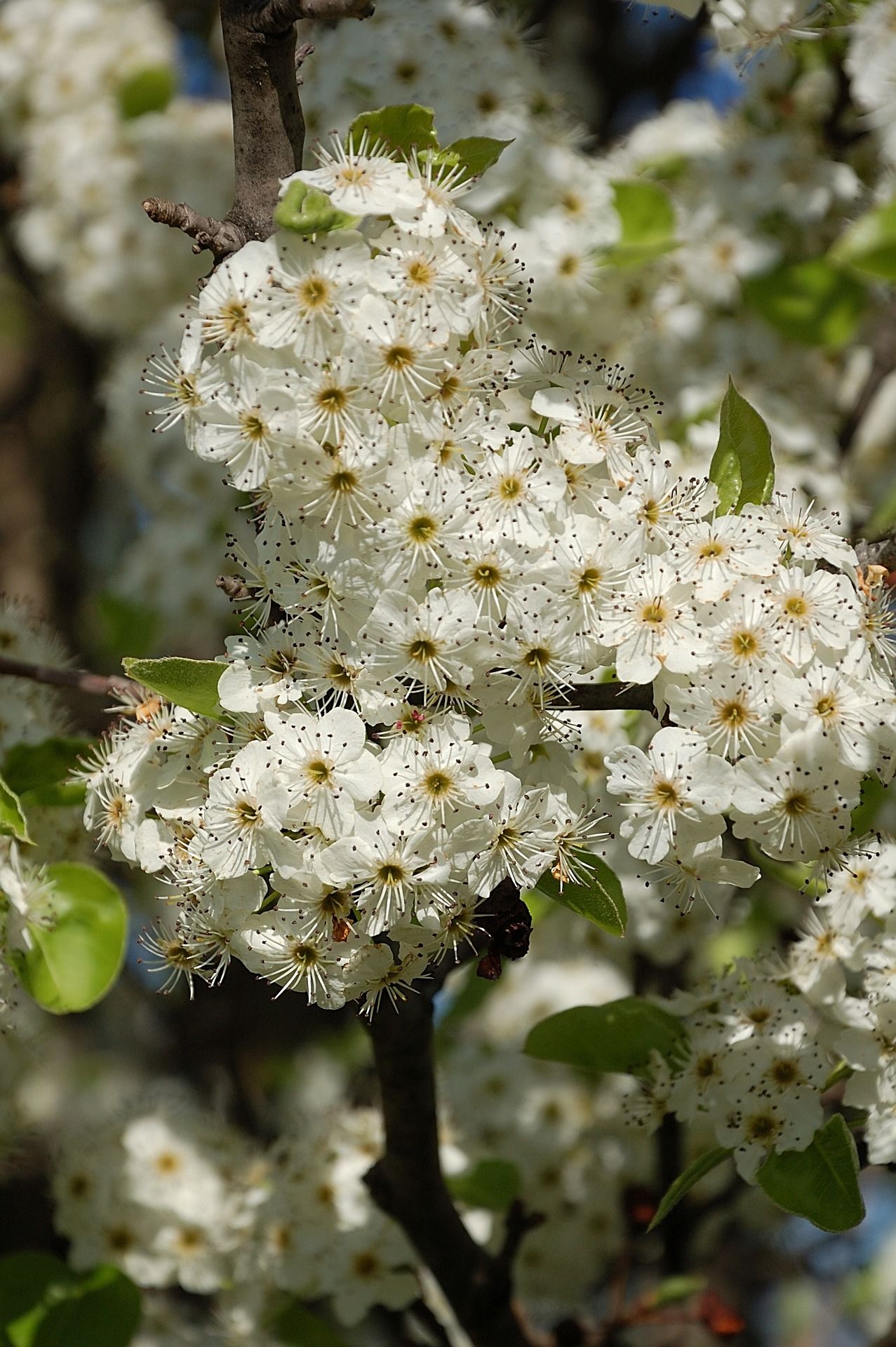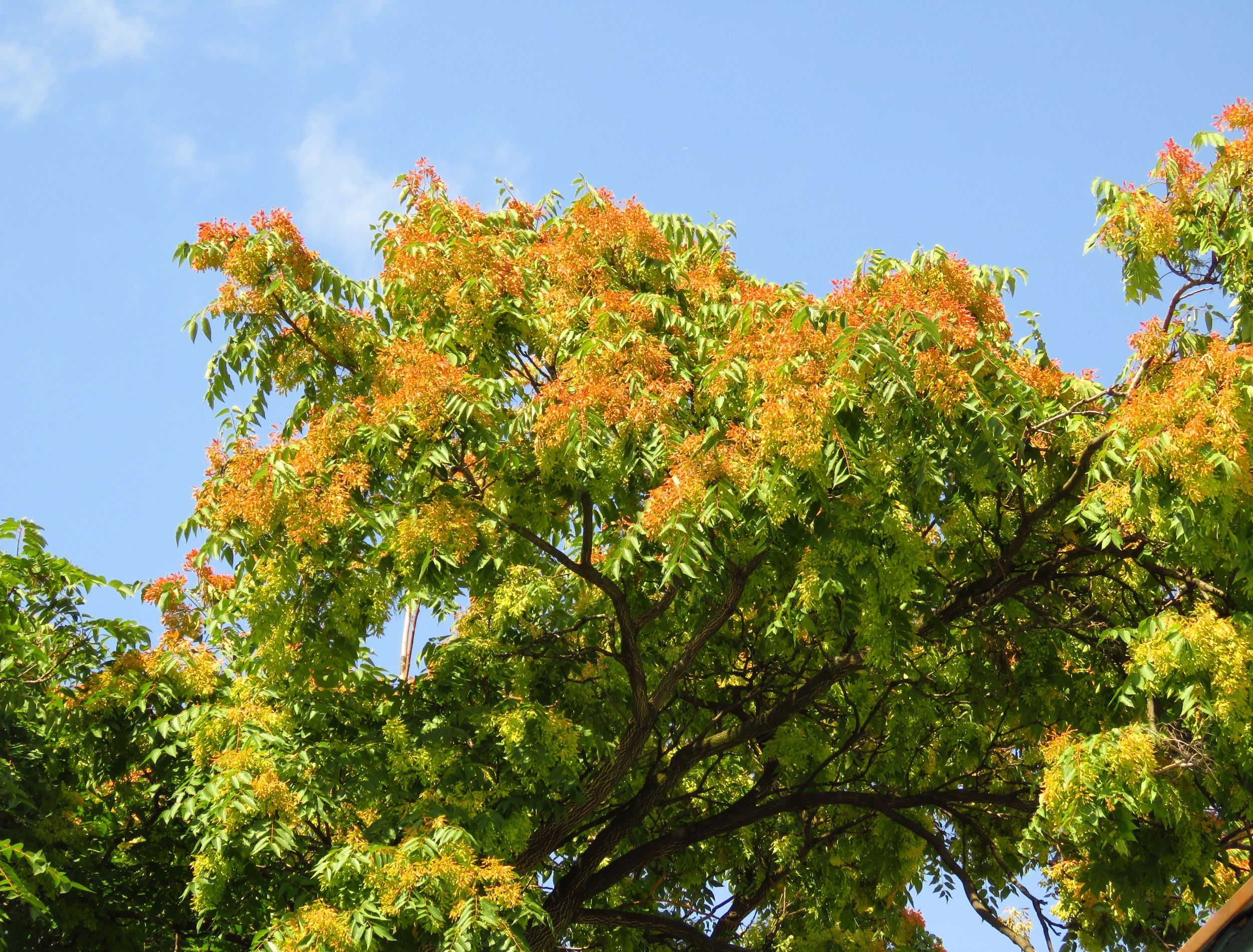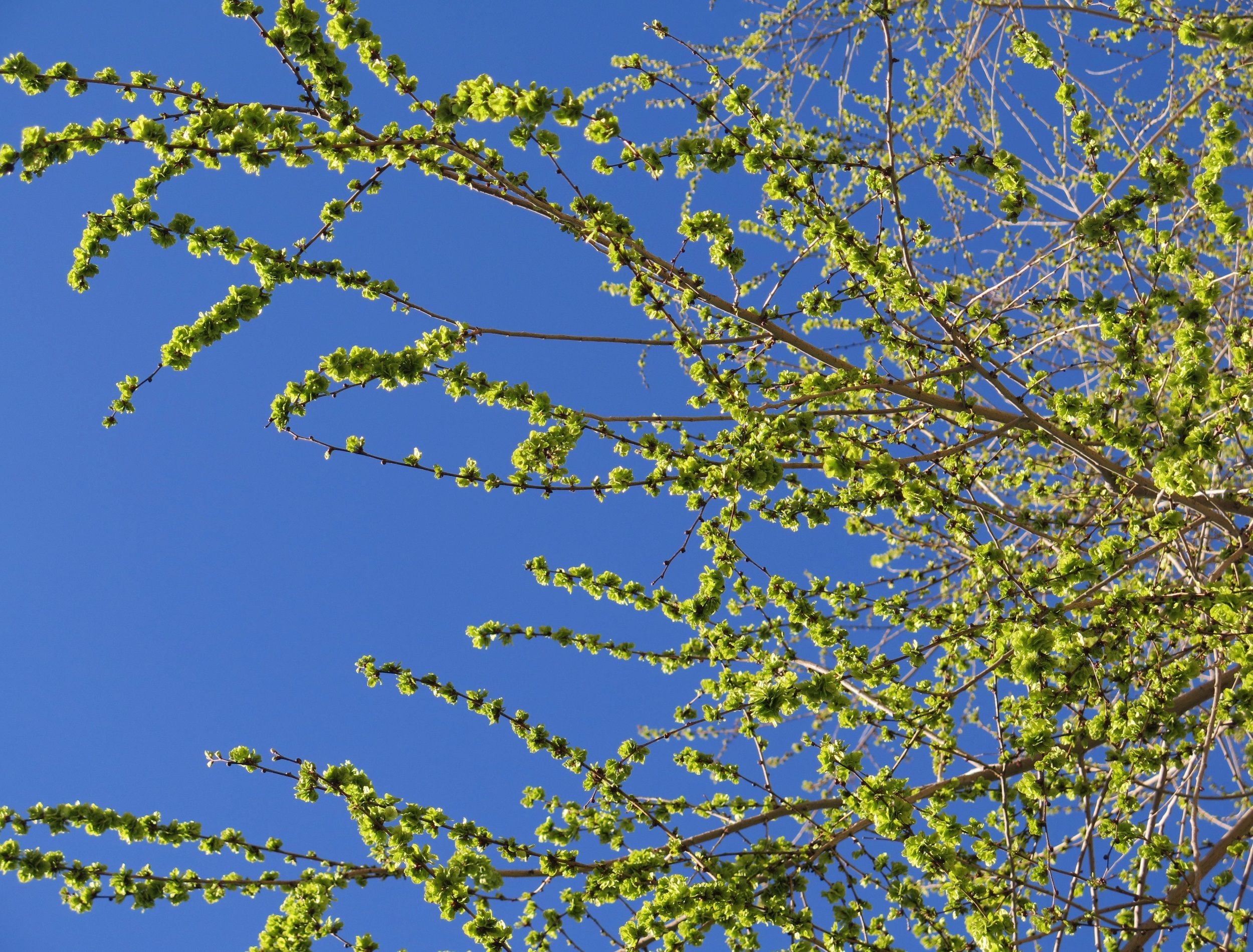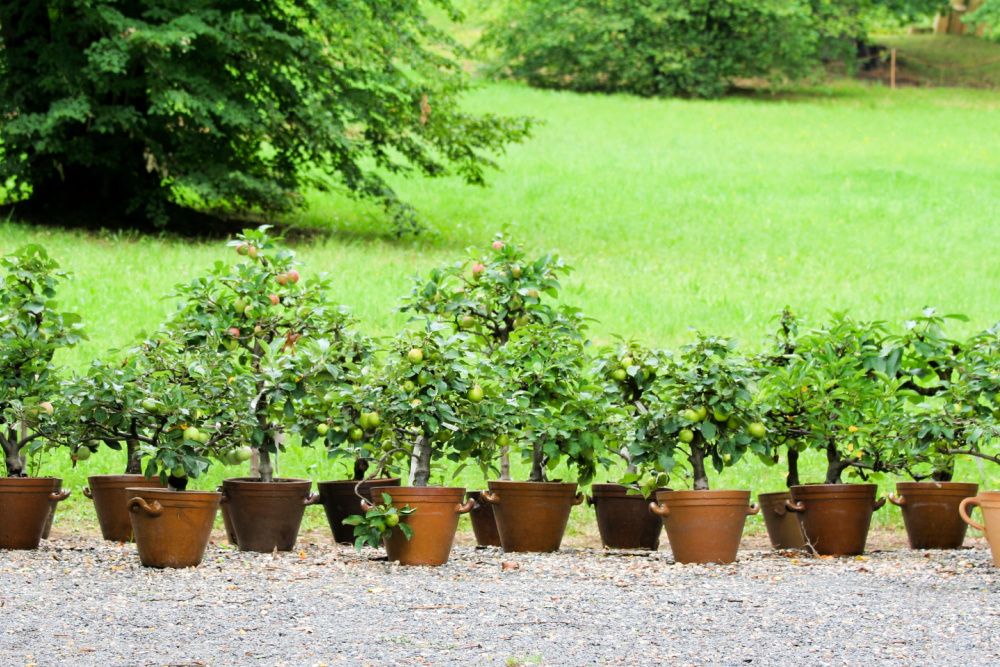Trees are an essential part of any garden, whether you opt for something small and shrub-like, or large and beautiful, the plants are both ornamental and functional. They can add beauty, shade, and privacy, as well as yummy fruits!. While there are many trees to choose from, they aren't all perfect options!
In fact, you might find several species for sale at garden centers that are actually considered invasive species. Non-native plants are a problem because they tend to reproduce and spread quickly. They dominate native plants and animals, for food, water, and space. The roots can also degrade waterways, harming water quality and impacting your home and community. Learn all about the invasive trees you should avoid planting in your yard below.
Earleaf Acacia
Image credits: CHEVY WAN via Shutterstock
Native to Australia, Papua New Guinea, and Indonesia, Earleaf Acacia (Acacia auriculiformis) came to Florida in 1932 as an ornamental tree. The fast growing evergreen reaches about 50 feet in height and produces up to 47,000 seeds per year. It is an invasive species in Florida since it has made its way into pinelands and scrubs, but also because it shades out and kills rare plants.
Black Locust Tree
Image credits: May_hokkaido via Pixabay
Black locust (Robinia pseudoacacia) boasts beautiful tendrils of white flowers. But it spreads very quickly and easily outcompetes other plants. The tree is naturally occurring in southeastern parts of the US, but has since found its way around the United States as lumber and nectar for honeybees. The tree is also a nitrogen fixer, meaning it affects soil pH and can have a negative impact on veggies and other plants.
Note: The leaves, bark, seeds, and stems are toxic to animals as well. It is especially dangerous for horses, so keep an eye out for these trees if you live on a farm!
Norway Maple
Image credits: Hans via Pixabay
Though it is a popular landscaping tree, Norway maple (Acer platanoides) outcompetes other maples, such as sugar maple, and invades native woodlands. The tree grows about 60 feet tall and has dense foliage, creating a wide canopy. It also spreads quickly via seeds and causes too much shade cover for many wildflowers and plants.
Weeping Willow
Image credits: markus53 via Pixabay
Endemic to East Asia, weeping Willow (Salix babylonica) trees have naturalized through North Carolina and attract bees. While the pendulous, arching branches of these trees are a sight to behold, it is not recommended for home landscaping for a plethora of reasons. Breakage, disease, and insect infestations are annoying, but the roots of these trees can damage water or sewage pipes, causing big and difficult to repair issues.
Instead, enjoy the breathtaking beauty of weeping Willows along ponds and lakes, where they thrive on moisture levels.
Callery Pear
Image credits: Πασκαλ via Pixabay
Known as an invasive woody tree, callery pear (Pyrus calleryana) came to the United States from Asia in the 1900s. They were originally used as an attempt to fight fire blight in common pear trees, but the summer blooms and autumn foliage also made them popular as ornamentals.
With that said, the callery pear is incredibly competitive, taking space, food, and water from other trees and plants. On top of that, the tree is weak in comparison to strong winds, meaning it often causes power outages. The dense canopy is also inviting to many birds, which are frustrating because of health hazards and defecation in urban areas. The plant is also uncontrollably spready by wildlife.
Tree of Heaven
Image credits: Przemyslaw Muszynski via Shutterstock
The tree of Heaven (Ailanthus altissima), native to China and Taiwan, first found its way into the United States in the 1700s. Originally used as an ornamental shade tree that tolerated all different soil conditions, it became known as a "weedy" tree in the 1900s.
Growing to 80 feet tall and 6 feet wide, the tree produces about 300,000 seeds via wind annually. A fast spreader, the tree of Heaven also produces a chemical that inhibits the growth and establishment of nearby plants.
Siberian Elm
Image credits: otrammarieta via Shutterstock
Siberian elm (Ulmus pumila) is a fast-growing, adaptable deciduous tree that came to the United States from Asia in the 1960s. Resistant to Dutch elm disease, the tree has been cross-bred with other elms to create more resilient varieties. Because of its fast growth, the tree is considered invasive in a number of areas.
Siberian elm also has weak branches, which turn your landscape into an eyesore that requires constant upkeep, and is vulnerable to many insects, such as elm leaf beetle.
Plant These Trees Instead!
Image credits: DanielW via Shutterstock
With the knowledge that these seven trees aren't the perfect addition to your yard, you'll be happy to hear that there are plenty of other native alternatives that are!
- Fruit trees, such as clementine and fig
- Container trees, such as olive and spruce
- Privacy trees, such as cypress and oak
Note: Always remember to do your research before adding new trees to your yard, ensuring they are not considered invasive in your area.
Treemendous!
All in all, it is best to avoid buying and planting any of these troublesome trees. And if you do have them growing in your garden, it is best to dig them up and replace them. While they may be beautiful, they can damage your yard's ecosystem, not to mention your neighbor's, and even potentially impact your home and water system.
Do you know of any other invasive tree species to avoid? Share in the comments below!

